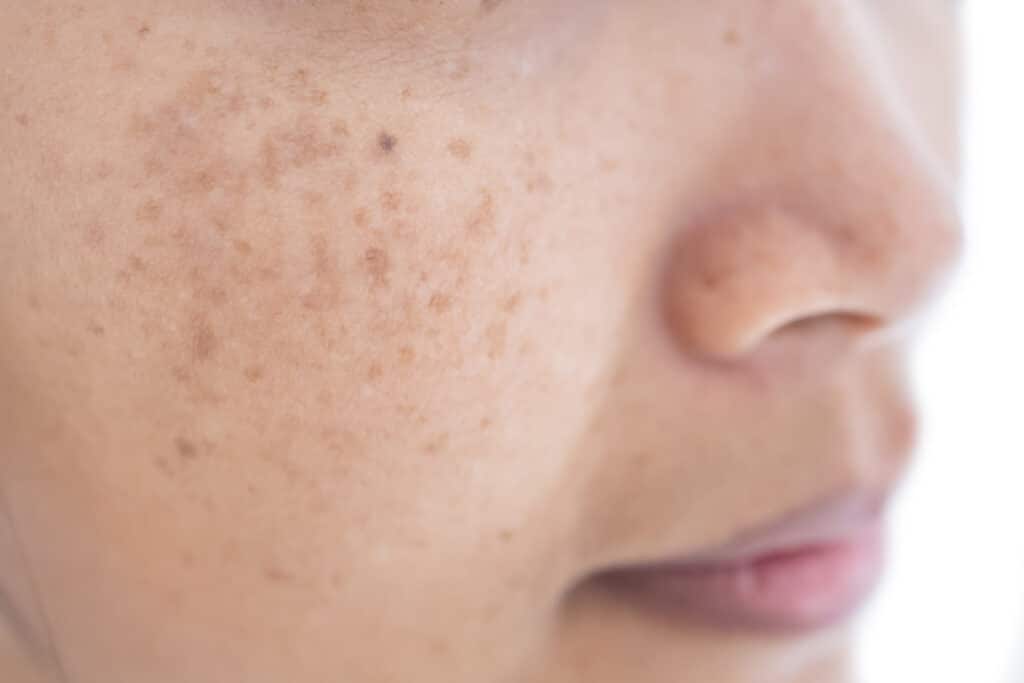
Skin Pigmentation Home Remedies To Reduce Dark Spots
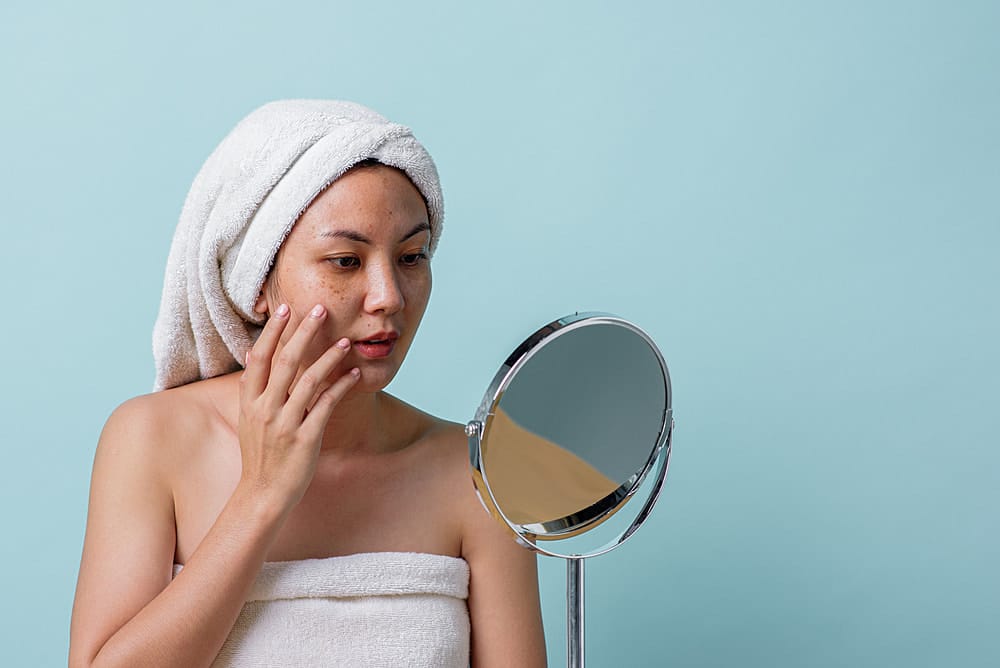

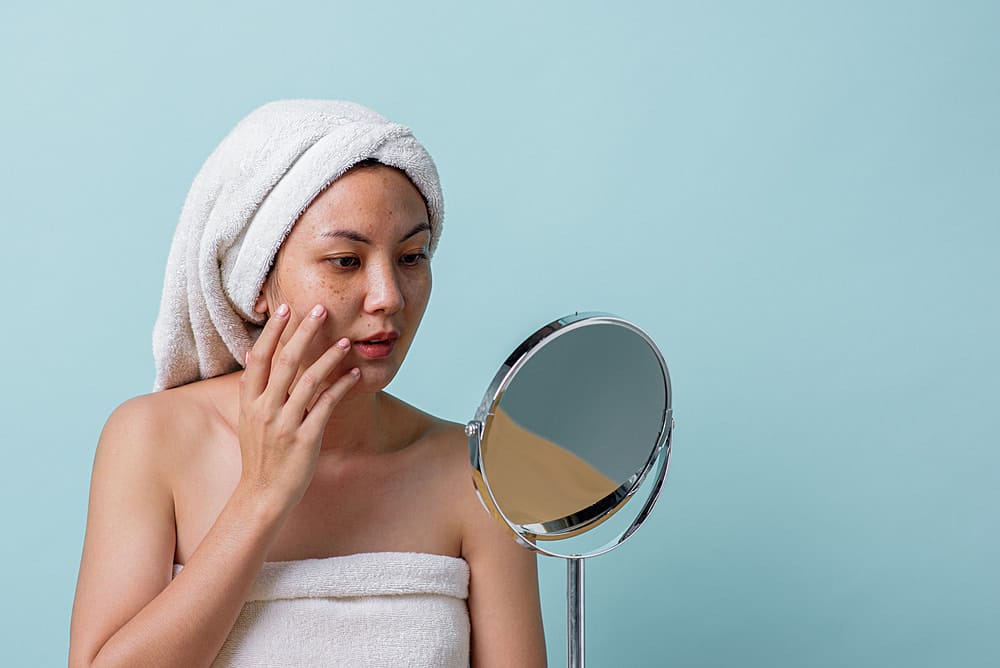
While we all know skin pigmentation is usually harmless, it doesn’t stop the fact that we would rather live without them.
In fact, many Singaporeans say the same — more than 58% of Singaporean women aged 35 to 44 stated that pigmentation and dark spots were their primary skin concerns.
That might be why skin pigmentation treatments, hyperpigmentation treatments and melasma treatments are skyrocketing in Singapore!
However, this doesn’t mean there’s nothing you can do to treat skin pigmentation at home.
In this article, we’ll answer your questions about what causes these dark skin pigmentation spots and the various home remedies you can try to treat them!
Skin pigmentation is a common skin condition that causes specific areas of skin to become darker than its surrounding skin.
A few of the common causes of skin pigmentation include:
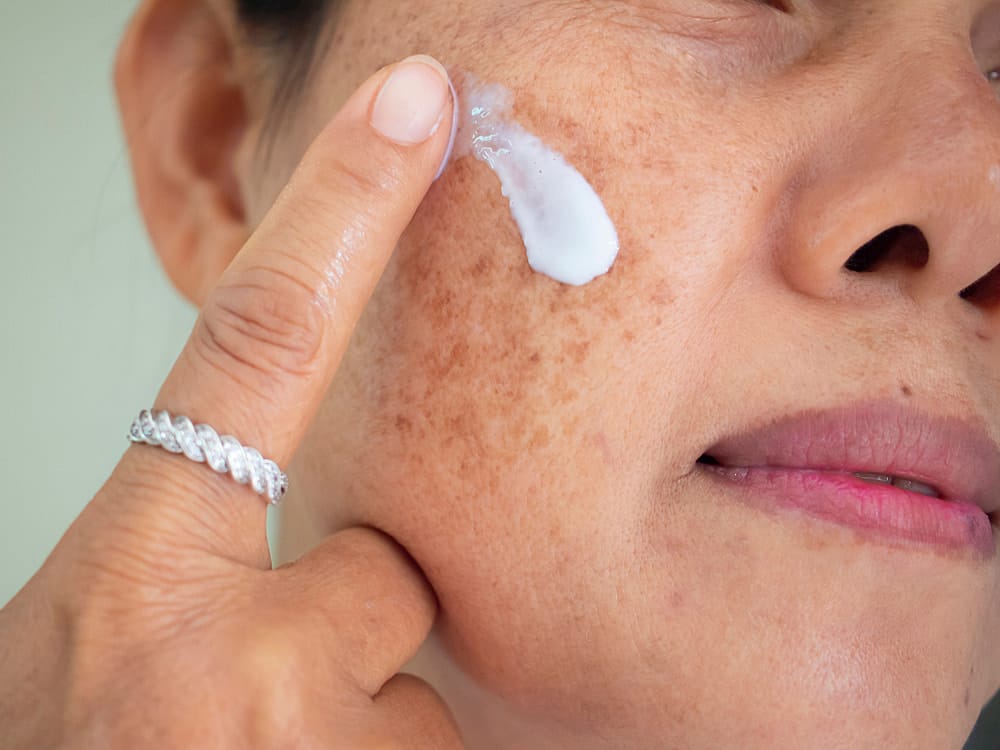
If you’ve noticed dark spots, uneven tone or lingering acne marks, you’re not alone. Pigmentation concerns are common and while in-clinic treatments are often the most effective solution, there are also things you can do at home to support your skin.
This guide walks you through an anti-pigmentation routine using accessible products and natural remedies. Whether you’re dealing with sunspots or post-acne marks, these simple steps can help restore clarity and brightness to your skin.
Aloe vera is more than just a soothing gel for sunburn. It contains an active compound called aloin, which has been shown to inhibit tyrosinase, the enzyme responsible for melanin production. By interfering with this process, aloin may help reduce the appearance of hyperpigmented spots over time.
In addition, aloe vera hydrates and softens the skin, which can support healing from inflammation and minor scarring, which are common triggers for post-inflammatory hyperpigmentation.
How to use it:
Apply aloe vera gel scraped from the plant or use store-bought gel.
Another skin-strengthening ingredient that can be used both in the kitchen and on the complexion is almond oil!
However, the almond oil commonly used to cook isn’t quite the same as that used on the skin, which is often fortified with additional vitamins and minerals.
Look out for almond oil that has Vitamin E and niacin to help with hyperpigmentation and improve skin tone. As a bonus, it is also non-comedogenic (meaning it won’t clog your pores)!
How to use it:
Typically, cleansers with beta hydroxy acids, like salicylic, and alpha hydroxy acids, like glycolic and lactic, are marketed to teens and those who suffer from acne (if your pigmentation is coming from acne scars, this is perfect too!).
However, it can also help other skin types by gently exfoliating the surface and unclogging pores, which makes way for newer, brighter skin!
How to use it:
Spot treatments allow you to target pigmentation marks more effectively with a concentrated dose.
Today, there are a ton of brightening ingredients to look for, but some of the more effective ones on the market right now are peony and licorice root extract, kojic acid, vitamin C and E, niacinamide, and alpha arbutin.
How to use it:
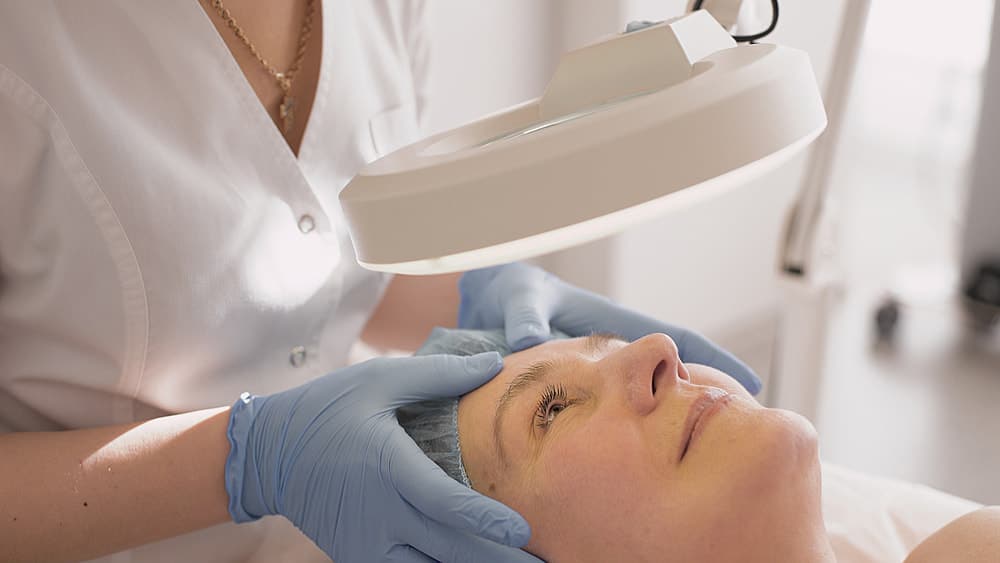
The honest answer? It depends. While it’s true that home remedies can help with minor and surface pigmentation (such as sun spots), an ideal treatment for pigmentation involves both steps of home remedy and care as well as specialist assessment and treatment.
In fact, most patients respond well to a combination of prescription and revised skincare regime!
Now that you’ve found the home remedies that can help with your skin pigmentation, remember that you can take it one step further if you’ve noticed that your skin hyperpigmentation isn’t going away!
That’s why you should start your journey to an even skin stone today. If you’re self-conscious about any sign of pigmentation of your skin, we’re here to help.
With our panel of medically-trained and certified doctors recognised by the Singapore Medical Council’s Aesthetic Practice Oversight Committee (APOC), you’re in safe and able hands!
Visit SL Aesthetic Clinic or call us at +65 9850 71112 to start your journey to the skin you desire and deserve!
Like what you read? Share them!